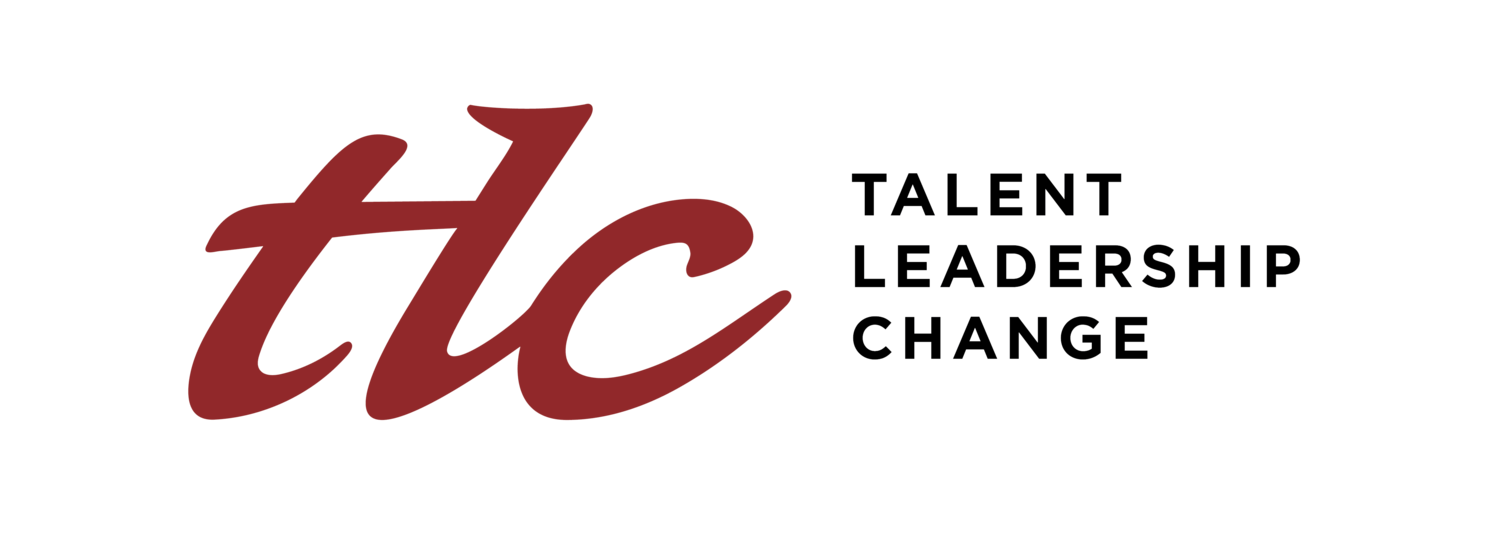WHY WE DON’T CHANGE
“Change is coming” seems to be a powerful mantra. It gets us all excited, even presidents elected.
Yet, check your batting average and you will find New Year’s resolutions going awry most times. We keep making promises to self and others that we never keep. Whether it is about weight loss or relating better with significant others or changing a leadership behavior that simply does not work, ultimately we find ourselves strangely, strongly but subtly, resisting change. It doesn’t matter even if we firmly believe that change is “for the best”.
Is there a rational explanation behind this dilemma that authors Robert Kegan and Lisa Lahey most aptly call our “immunity to change”? Is there a path to overcoming what appears to be a universal barrier to achieving full human potential?
Every single day, perhaps more than in any other profession, we as people managers and leaders deal with countless opportunities to change behavior: ours and that of others. A senior executive is excellently delivering on all performance metrics except that people attrition is high on account of her highly abrasive leadership style. A high-potential executive talent who holds a sterling record in product development is being considered for promotion to business unit head. However, he is painfully shy, very introverted and shuns all company activities. Two of your four direct reports are not talking to each other; they are almost hostile in meetings and the atmosphere they create is impacting on the whole division.
Examples of failed attempts to “systematically intervene” in similar situations abound. Business schools and rich case studies try to prepare us for these 1,001 scenarios, but when we’re faced with these realities, keeping the status quo and the path of least resistance wins.
A great deal of empirical research has been documented about leading and managing large-scale change in organizations. Guideposts and tips from all sorts of managerial tool boxes abound. Google “change management” and you get 69.5 million results in 0.6 seconds. But how do we go about the ultimate litmus test – that of changing our own behavior and people around us?
“Take time out to reflect on what might be that competing commitment that keeps you from going forward.”
In a recent CEO conference, I asked the folks around my table a simple question: “What was one leadership behavior that you most struggled with to change?” Donald Lim, chief digital officer of ABS-CBN, says: “People tell me I am too serious, that I must lighten up a bit. We start a meeting and I dive into the agenda immediately. Where I work now, the culture is very different. The very behaviors that have made me successful may have to change given my new context. It’s not that easy.”
Camila Kitane, chair of CGK, a printing company, intimates: “I work too hard and keep very long hours. I struggle with having a more balanced life. I always tell myself I will lay low next year…but never really get there!”
Ariel Cantos, Philam Life CEO, adds: “Making timely tough decisions about people is my biggest challenge. It is easy to change aspects of the organization – structure, processes, etc. but when it comes to individuals, changing the way I communicate through one-on-one dialogues calls for relentless patience.”
With findings culled from extensive research, Kegan and Lahey demonstrate that people who do not change are not being “purposefully subversive or resistant” to themselves or their companies. It is just that they might have an underlying “competing
commitment” – a strong underlying belief and assumption that undermines a new behavior being committed to.
For example, Carol, an excellent project manager, states a strong commitment to open, transparent communication. Yet, when her team members come to her with some bad news that might derail the project, she gets visibly upset and “shoots down the messenger”, which leads to her people clamming up. In the end, after a process of “diagnosing her competing commitment”, the “big assumption” behind it is unearthed – “I do not want to hear about problems I cannot fix as people might think I am not qualified for my job.”
So next time you find yourself not making headway in your “change project”, chill! Take time out to reflect on what might be that competing commitment and the assumptions you might be hanging on to that keep you from going forward. Or hire an executive coach. You will be surprised at what you find out. It is in this inward journey filled with paradoxes waiting to be unraveled where you will find the biggest breakthroughs.
*Published as a monthly Leadership Column in Forbes Philippines
